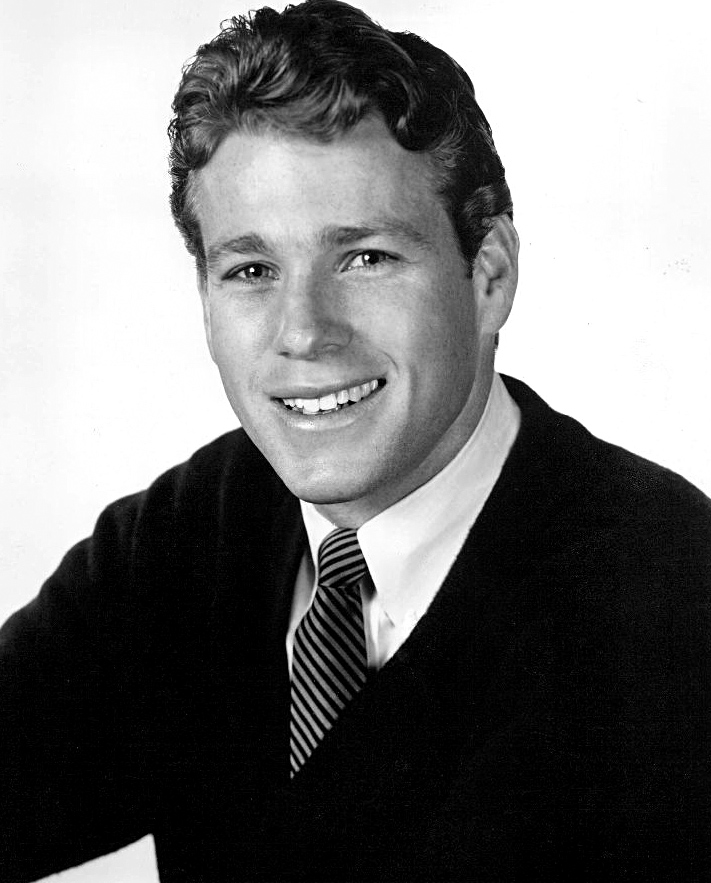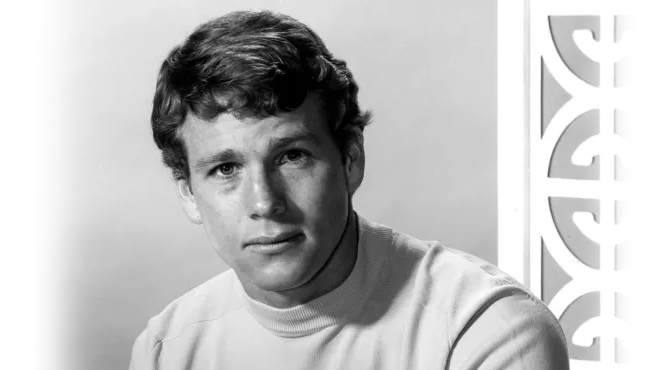The golden age of Hollywood grew dimmer in 2023 with the passing of Ryan O’Neal, a celebrated actor, heartthrob of the ’70s, and star of some of cinema’s most enduring classics. O’Neal died at the age of 82, leaving behind a legacy filled with iconic roles, deep personal complexities, and a charisma that once lit up the silver screen.
Best known for his performance in the beloved romantic drama Love Story, Ryan O’Neal was more than just a handsome face — he was a versatile performer who captivated audiences for decades. Today, fans and fellow actors alike reflect on the life, career, and unforgettable presence of a Hollywood original.

From Boxer to Breakout Star: The Early Life of Ryan O’Neal
Born on April 20, 1941, in Los Angeles, California, Ryan O’Neal was raised in a showbiz family — his father was a screenwriter, and his mother had connections to the acting world. Before Hollywood came calling, O’Neal pursued a brief career as an amateur boxer, a discipline that gave him the chiseled look and grit that would later define his screen persona.
His rise to fame began in the 1960s with a role on the primetime soap opera Peyton Place, which catapulted him into the limelight and quickly made him one of television’s most sought-after young actors.
“Love Story” and the Role That Defined a Generation
It was in 1970 that O’Neal’s career hit stratospheric heights with Love Story. Starring opposite Ali MacGraw, the tearjerker became a box-office smash and cultural touchstone, earning O’Neal an Academy Award nomination for Best Actor.
The film’s iconic line — “Love means never having to say you’re sorry” — became synonymous with romantic cinema, and O’Neal’s performance as Oliver Barrett IV cemented him as a romantic lead for the ages.
A Father-Daughter Masterclass in “Paper Moon”
In 1973, Ryan O’Neal starred alongside his real-life daughter, Tatum O’Neal, in Paper Moon — a black-and-white Depression-era comedy-drama directed by Peter Bogdanovich. Their chemistry was undeniable, and Tatum made history by becoming the youngest person ever to win an Academy Award.
Though their relationship would be fraught with challenges in later years, the film remains a powerful testament to their bond and their shared talent. For many, it stands as one of O’Neal’s finest and most emotionally resonant performances.
Beyond the Spotlight: A Life of Highs and Heartache
While O’Neal enjoyed fame, wealth, and public admiration, his personal life was often marked by turbulence. He had a decades-long, on-and-off relationship with actress Farrah Fawcett, and their story was one of both passion and pain. When Fawcett passed away in 2009, O’Neal was at her side — a moment that softened his public image and reminded fans of the love they had shared.
O’Neal also faced health issues, legal battles, and strained family dynamics, especially with his children. Yet through it all, he remained a figure of public fascination — admired, criticized, but never forgotten.
A Legacy Etched in Celluloid
Ryan O’Neal’s filmography includes a wide range of work — from the period masterpiece Barry Lyndon (1975) with Stanley Kubrick, to screwball comedies like What’s Up, Doc? with Barbra Streisand. He was a chameleon capable of depth, wit, and vulnerability.
His influence on pop culture is undeniable. In the era of polished, emotionally charged cinema, few actors embodied both leading-man appeal and dramatic intensity quite like O’Neal.
As tributes pour in from around the world, one thing is clear: Ryan O’Neal will be remembered not just for his films, but for the emotion he brought to the screen and the mark he left on an entire generation of moviegoers.
Final Thoughts
The curtain may have fallen on Ryan O’Neal’s life, but his work lives on — in the lines we quote, the films we revisit, and the memories he helped create. As audiences continue to discover or rediscover his performances, Ryan’s legacy endures, eternal and elegant.
Rest in peace, Ryan. And thank you for the stories.
